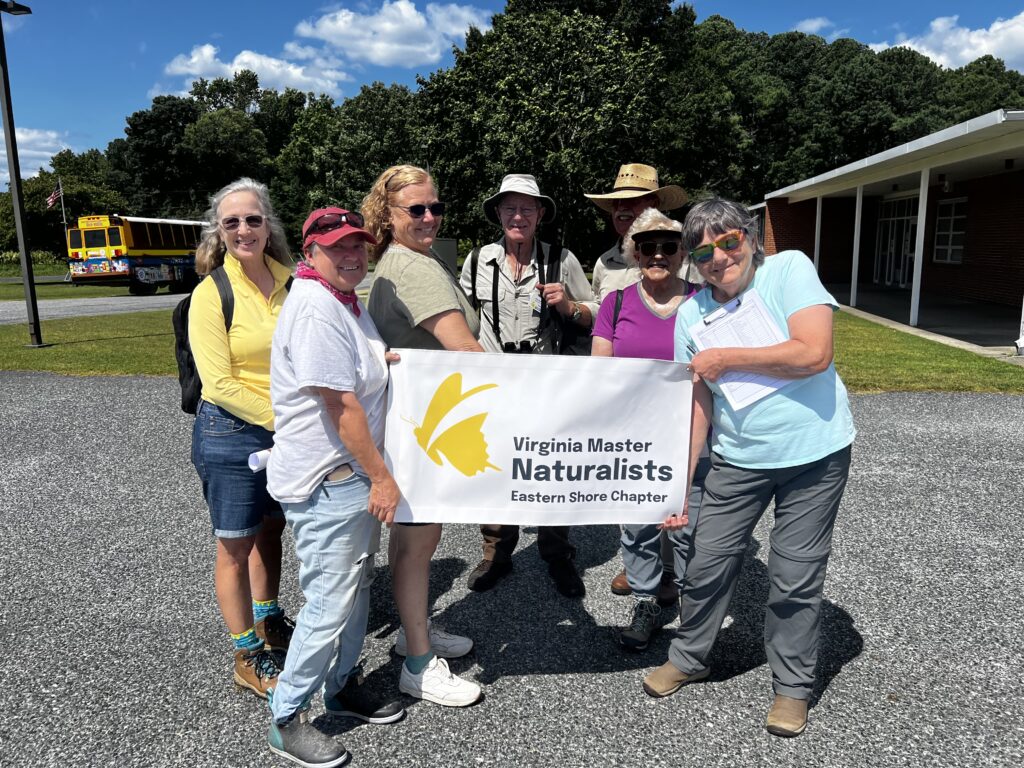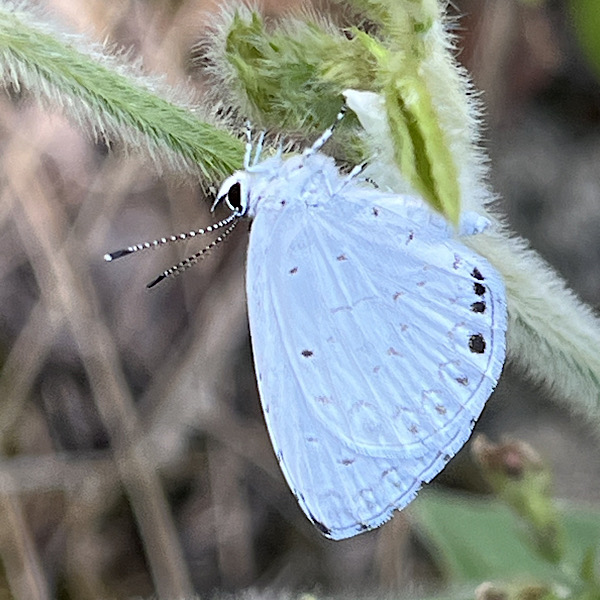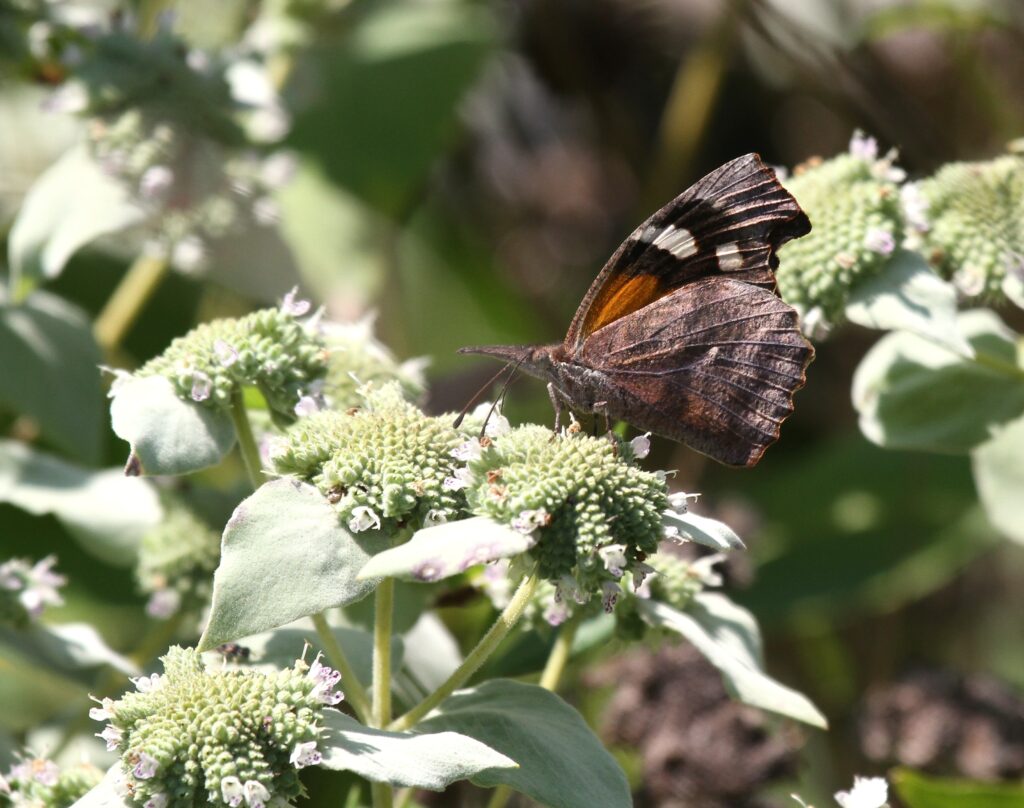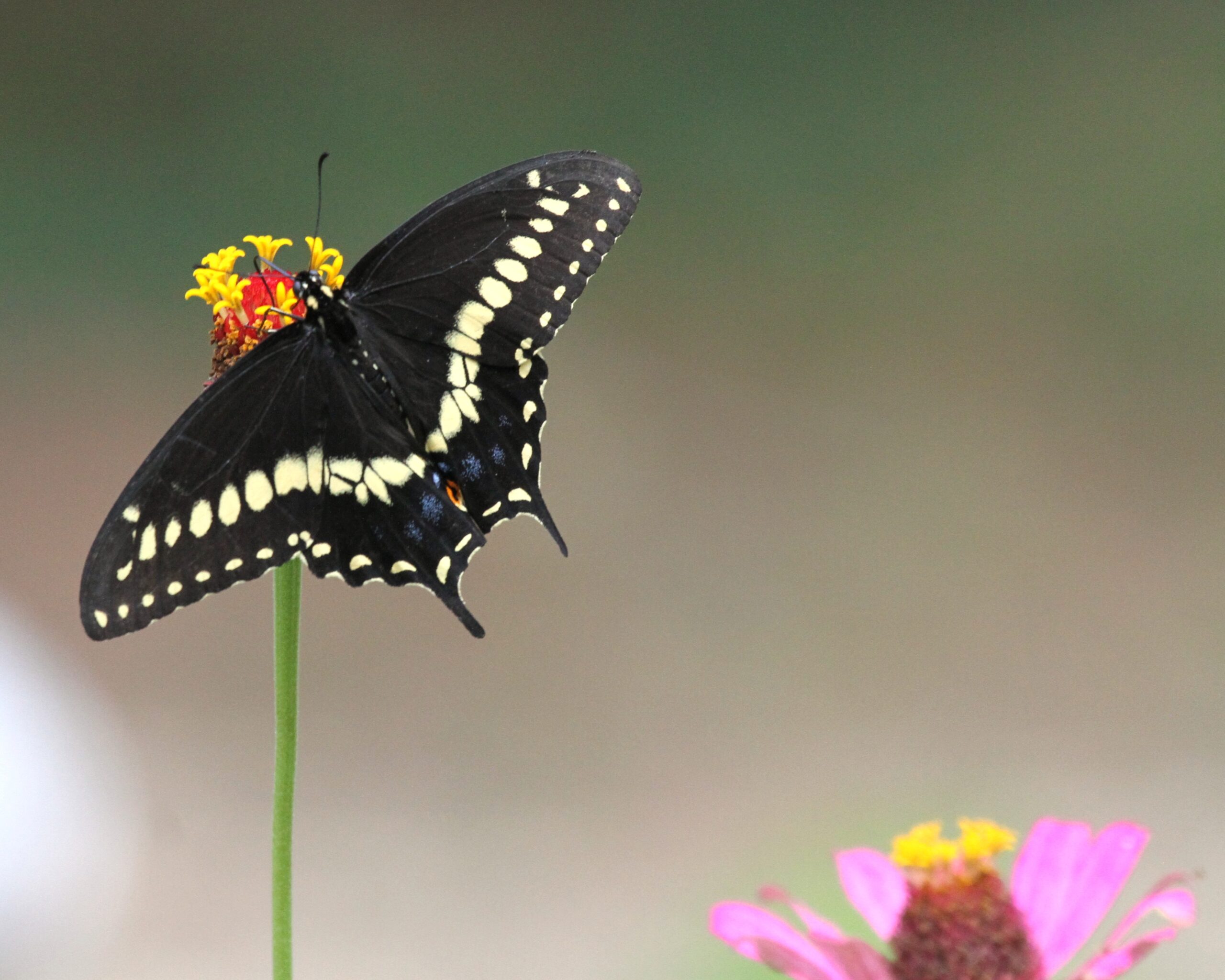On August 3, ESMNs and others gathered to participate in the North American Butterfly Association’s (NABA) annual count for North Northampton County.

Established a few years ago by member Carolyn McGavock, this count is conducted in a 15-mile radius in the northern part of Northampton County. Participants count at various locations in the specified area. The results are shared with NABA and the aggregated data from across the country provide important information about butterfly populations in the U.S.

This year ESMNs Paul Anderson, Joette Borzik, Julie Head, Maggie Long, Kellie Piekarsky, Ann Quigley, Melissa Rolloson, Tom Young and Kathy Young participated. They counted 407 specimens in 25 species. Four species accounted for more than half of the butterflies observed: Common Buckeye (105), Silver Spotted Skipper (44), Red Purple (40), and Eastern Tiger Swallowtail (26). Other species observed include American Lady, American Snout, Black Swallowtail, Cabbage White, Clouded Sulphur, Eastern Tailed Blue, Hackberry Emperor, Monarch, Painted Lady, Palmedes Swallowtail, Pearl Crescent, Question Mark, Red Admiral, Red-banded Hairstreak, Sleepy Orange, Spicebush Swallowtail, Summer Azure, Tawny Emperor, Variegated Fritillary, Viceroy, and Zebulon Skipper.
It was a mild, clear, sunny day but the wind likely suppressed the number of butterflies present.

From NABA:
The North American Butterfly Association has run the Butterfly Count Program in the United States, Canada, and Mexico since 1993. Each of the approximately 450 annual counts consists of a compilation of all butterflies observed at sites within a 15-mile diameter count circle in a one-day period. The annually published reports provide a tremendous amount of information about the geographical distribution and relative population sizes of the species counted. Comparisons of the results across years can be used to monitor changes in butterfly populations and study the effects of habitat loss, climate change and pesticides on North American butterflies.
In March 2025, the massive NABA dataset provided the primary source of butterfly count data for the blockbuster study published in Science: Rapid Butterfly Declines across the United States during the 21st Century. NABA’s critical contribution to this groundbreaking study was only possible due to decades of painstaking work by count volunteers. The finding that butterflies have declined by a staggering 22% in 20 years is a stark reminder of all the work that must be done to reverse this trend, and that we must take immediate action to create a world where butterflies thrive, for the benefit of nature and people.


